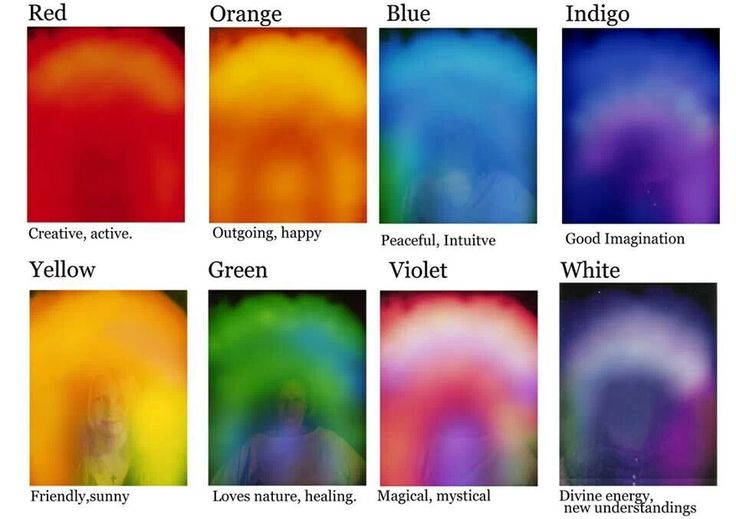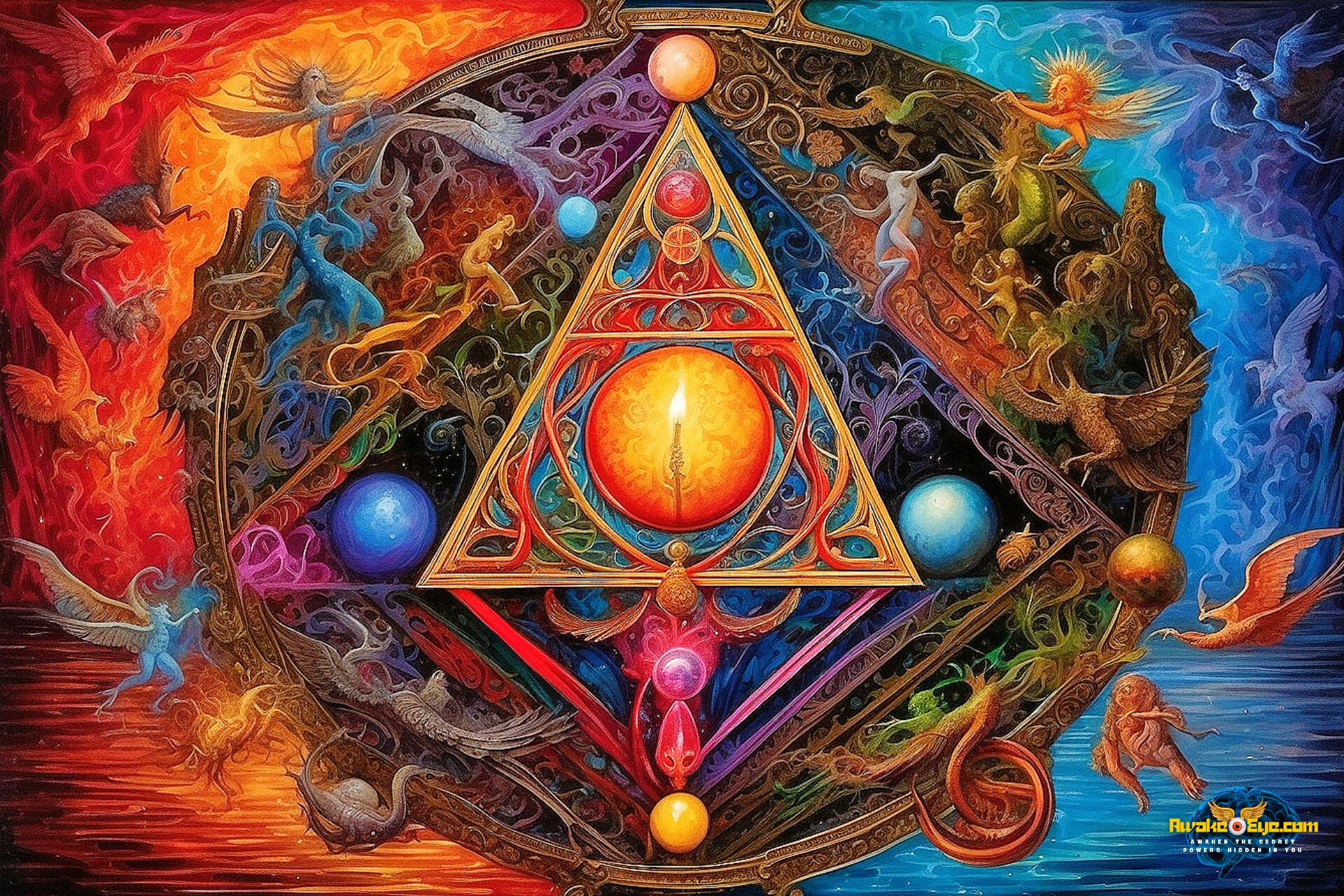Diving into the Invisible Realm: A Comprehensive Guide to Auras, Their Varieties, and Viewing Techniques
awakeeye.com March 27, 2024 0Translate Post:
Have you ever felt a subtle energy surrounding someone, like an invisible glow emanating from their body? That’s the aura – an energetic field that surrounds all living beings, providing insights into their emotional, physical, and spiritual state. In this article, we’ll delve into the fascinating world of auras, exploring their different types, techniques to see them, and the significance they hold in our lives. So, grab your metaphysical magnifying glass and let’s unravel the secrets of the aura!
What are Auras?
Auras are subtle energy fields that surround living beings, including humans, animals, and plants. They are composed of electromagnetic energy and are often depicted as a colorful halo or aura radiating around the body.
The Colors of the Aura
Auras can appear in a variety of colors, each with its own unique meaning and significance. Some common aura colors include:
- Red: Associated with vitality, passion, and physical energy.
- Orange: Reflects creativity, enthusiasm, and emotional warmth.
- Yellow: Symbolizes intellect, optimism, and mental clarity.
- Green: Represents balance, growth, and healing.
- Blue: Signifies communication, peace, and spiritual awareness.
- Purple: Indicates intuition, spirituality, and higher consciousness.
- White: Symbolizes purity, spirituality, and divine connection.
Types of Auras
While the concept of auras is universal, different spiritual traditions and belief systems may classify auras in various ways. Some common types of auras include:
Physical Aura
The physical aura is the closest layer to the body and is associated with physical health and vitality. It reflects the overall well-being of the physical body and can provide insights into areas of imbalance or disease.
Emotional Aura
The emotional aura extends beyond the physical body and reflects an individual’s emotional state and well-being. It can reveal emotions such as joy, sadness, anger, or love, as well as past traumas or unresolved issues.
Mental Aura
The mental aura encompasses the thoughts, beliefs, and mental patterns of an individual. It reflects cognitive processes such as reasoning, problem-solving, and creative expression, as well as the state of one’s mind.
Spiritual Aura
The spiritual aura is the outermost layer of the aura and reflects an individual’s spiritual essence and connection to higher consciousness. It may contain elements such as divine guidance, intuition, and soul purpose.
Techniques to See Auras
While some people may naturally see auras, others may need to develop their intuitive abilities through practice and patience. Here are some techniques to help you see auras:
Aura Gazing
Aura gazing involves softening your gaze and focusing on the space around a person’s body. With practice, you may begin to perceive subtle shifts and colors in the energy field surrounding them.
Hand Visualization
Hold your hands several inches apart with your palms facing each other. Soften your gaze and focus on the space between your hands. You may begin to see a faint glow or color emanating from your hands.
Photography
Aura photography, also known as Kirlian photography, uses specialized cameras to capture the electromagnetic field surrounding a person’s body. While not everyone has access to aura photography equipment, it can provide visual confirmation of the aura’s existence.
Meditation
Meditation can help quiet the mind and enhance your intuitive abilities, making it easier to perceive subtle energy fields such as the aura. Practice regular meditation to strengthen your connection to your intuitive senses.
The Significance of Auras
Auras play a significant role in our lives, providing insights into our physical, emotional, and spiritual well-being. By learning to see and interpret auras, we can gain a deeper understanding of ourselves and others, leading to greater compassion, empathy, and self-awareness.
The aura is a fascinating aspect of human existence, revealing the intricate interplay between our physical, emotional, mental, and spiritual dimensions. By exploring the different types of auras, techniques to see them, and their significance in our lives, we can embark on a journey of self-discovery and spiritual growth, unlocking the hidden mysteries of the energetic universe that surrounds us.
FAQs
1. Can everyone see auras? While some individuals may naturally see auras, others may need to develop their intuitive abilities through practice and patience. With dedication and persistence, anyone can learn to see and interpret auras.
2. What do the colors of the aura mean? The colors of the aura can vary depending on the individual’s emotional, physical, and spiritual state. Each color carries its own unique meaning and significance, providing insights into different aspects of the individual’s being.
3. Are there any scientific studies on auras? While there is limited scientific research on the concept of auras, some studies have explored the electromagnetic fields surrounding living beings. However, the interpretation of aura colors and their significance remains largely subjective and based on spiritual beliefs and traditions.
4. Can auras change over time? Yes, auras can change in response to shifts in an individual’s physical, emotional, mental, and spiritual state. Factors such as diet, exercise, emotions, thoughts, and spiritual practices can all influence the colors and patterns of the aura.
5. How can I protect my aura from negative energies? There are various techniques you can use to protect your aura from negative energies, such as visualization, energy clearing practices, and setting energetic boundaries. Experiment with different methods to find what works best for you and your unique energetic needs.










